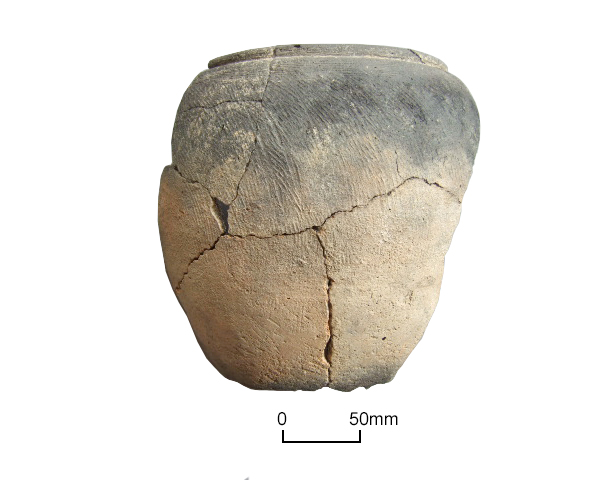
The image for VM_365 Day 170 is of the reconstructed profile of a Late Iron Age jar with a beaded rim and combed surface decoration. This pot was found broken into many pieces in the lower fill deposits at the base of a storage pit, during an excavation on the site of Margate Football club in 2003.
The vessel is made from a grog tempered fabric, meaning that crushed pot has been used as a filler to stiffen the clay in the body of the vessel. Pots of this type were common in the later Iron Age period 50BC to 25AD.
Vessels with these characteristics are often classed as ‘Belgic’, after Julius Caeser’s assertion that the Iron Age tribes of southern Britain, including Kent, were related to the tribes of Belgae, who lived around the northern coast of Gaul between the west bank of the Rhine to the Channel
The comb decoration has only been applied to the upper section of pot. The area below the rim was decorated with a circuit of horizontal combed lines, then the shoulders and sides of the pot were covered using a series of arching strokes from just below the horizontal line toward the middle and lower part of the vessel.
The comb decoration was common in the Late Iron Age period and there are several variations represented in the application of the decoration among the vessels found in Thanet.
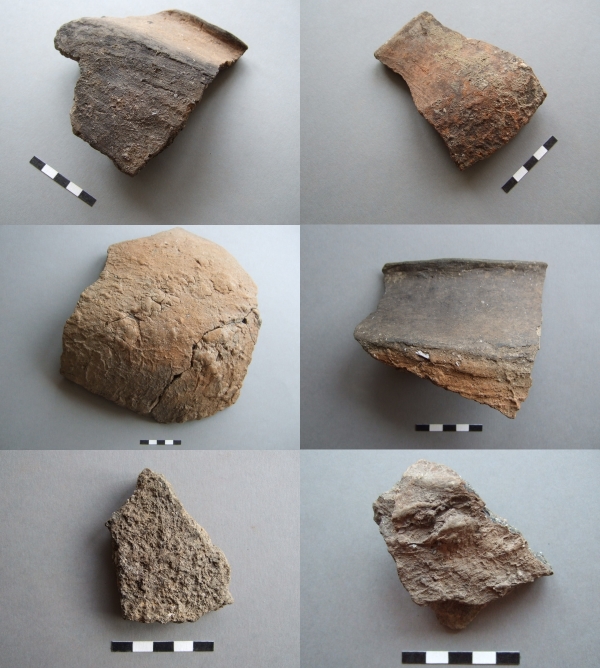 The image for VM_365 Day 169 shows a series of pottery sherds from Iron Age kitchen/storage-ware vessels from Margate, which have deliberately applied clay coarsening on the surface. The general currency of coarsewares of this type was the Early to Mid Iron Age period, between c.600 and 350 BC.
The image for VM_365 Day 169 shows a series of pottery sherds from Iron Age kitchen/storage-ware vessels from Margate, which have deliberately applied clay coarsening on the surface. The general currency of coarsewares of this type was the Early to Mid Iron Age period, between c.600 and 350 BC.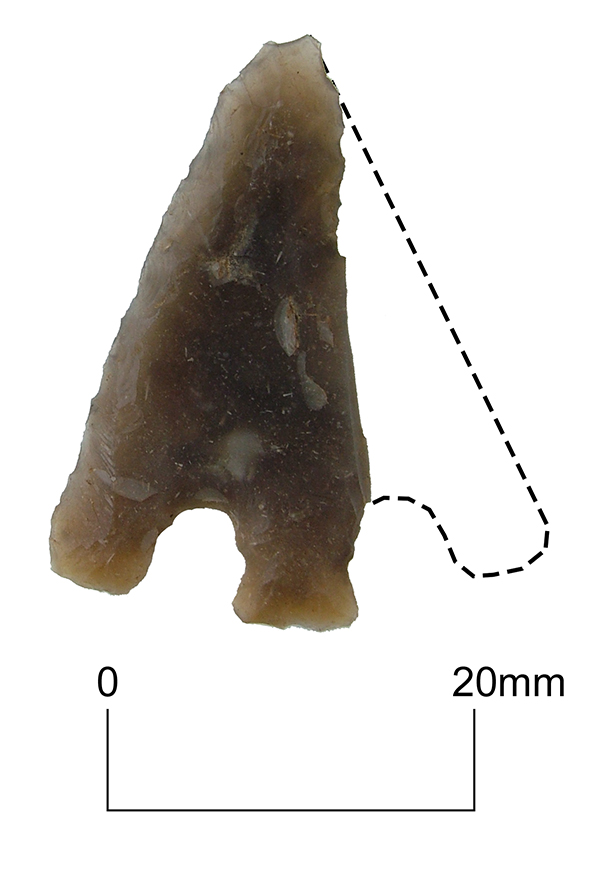
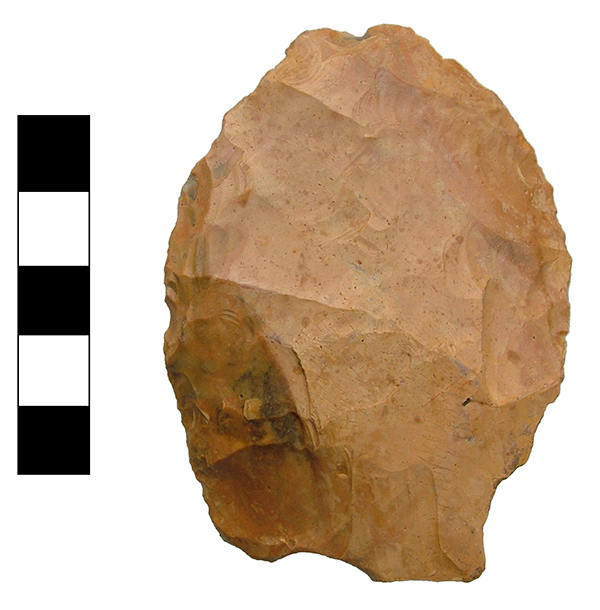
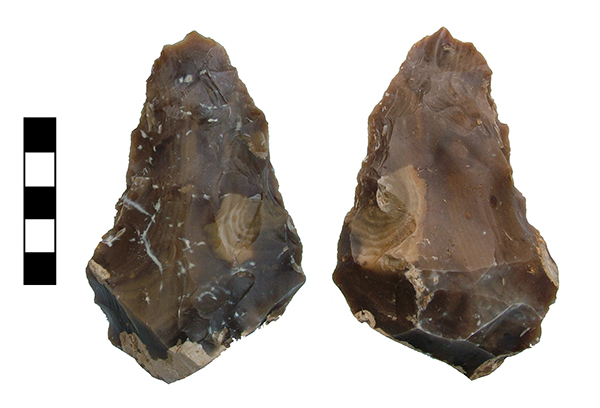
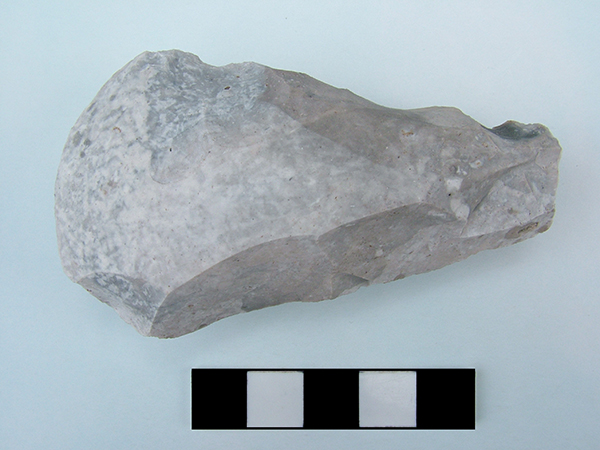
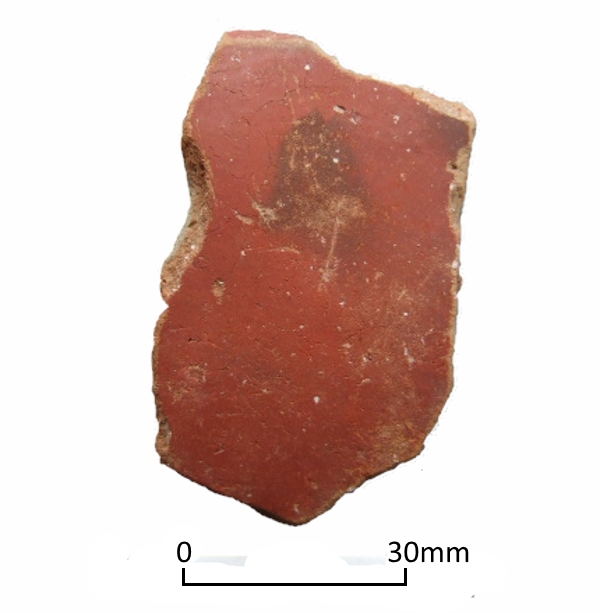
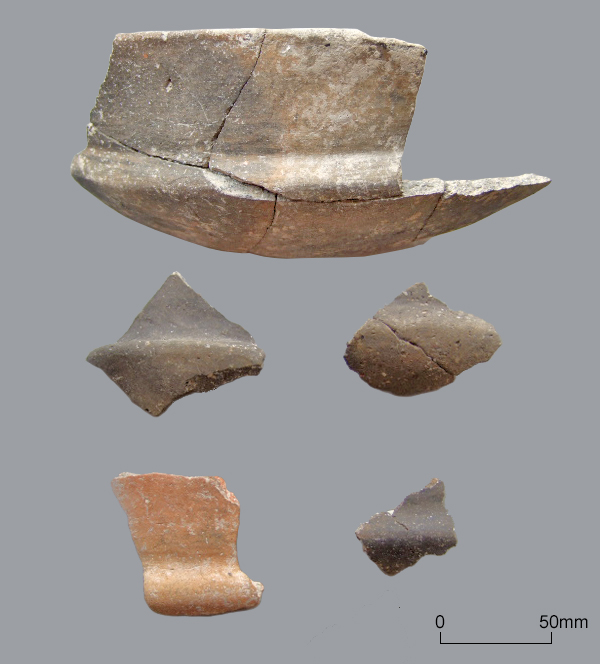
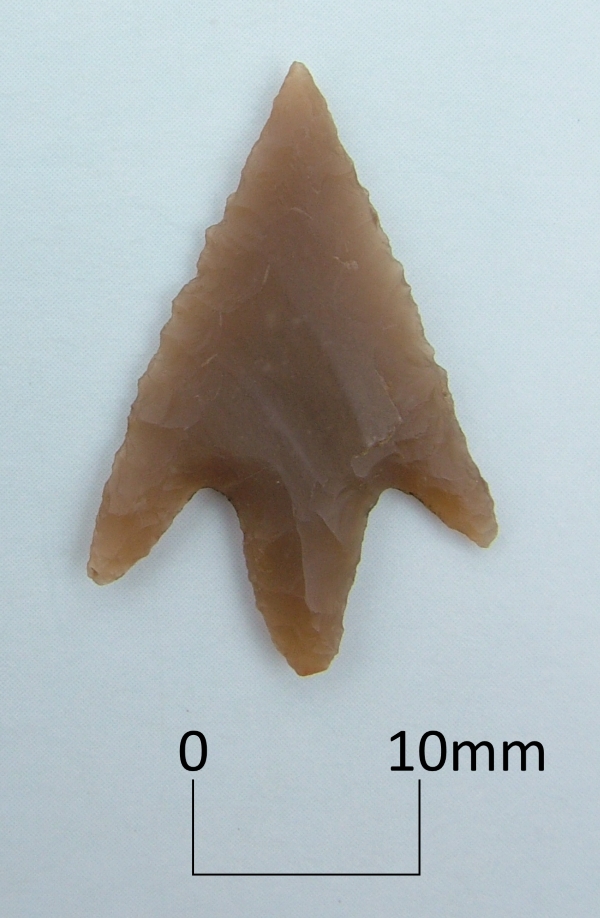
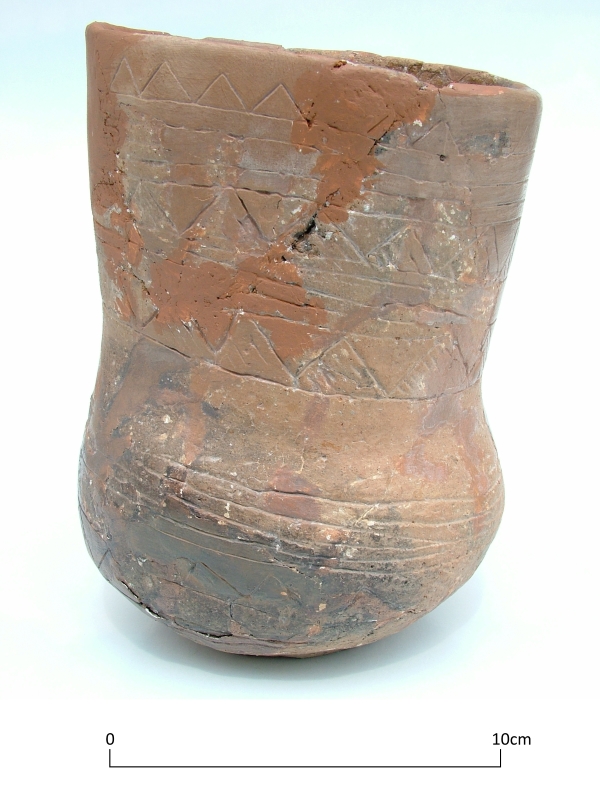 Today’s VM_365 image shows a Beaker vessel, which has been heavily restored, that accompanied the same burial as the
Today’s VM_365 image shows a Beaker vessel, which has been heavily restored, that accompanied the same burial as the